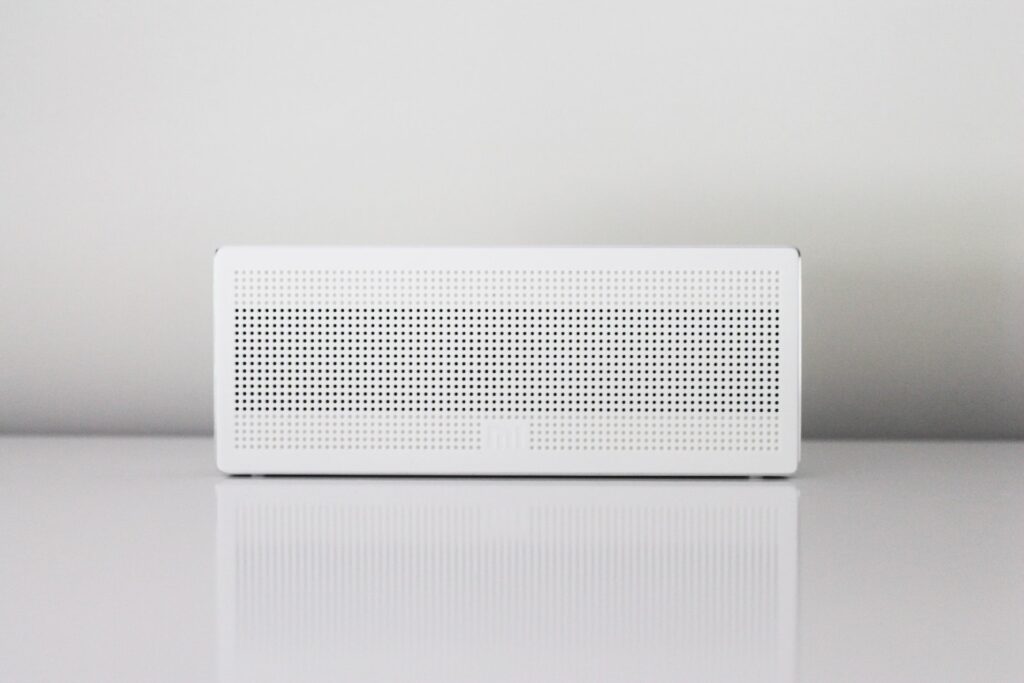Keeping your IT infrastructure running smoothly and efficiently is essential for any business. But, have you ever considered how the right air conditioning system can help keep it that way? Choosing the right AC unit can mean the difference between comfortable temperatures in the office and critical systems crashing due to overheating. In this article, we’ll discuss why choosing the right air conditioning system is crucial for IT infrastructure.
Benefits Of Having The Right Air Conditioning System
Choosing the right air conditioning system is essential for IT infrastructure. It helps maintain an optimal temperature and humidity level in the environment, which ensures that the delicate components of the network stay protected from harm. In addition to this, having a good air conditioning system can also help save money by reducing energy costs and helping to extend equipment life cycle.
The most important benefit of having a suitable AC system installed in your data center or server room is reliability. With such systems, you can be sure that all internal components are kept at an ideal temperature and humidity level so they don’t overheat or suffer any other damage due to extreme heat or cold temperatures. Additionally, since these systems come with filters, they also help reduce dust particles in the atmosphere which in turn prevents dirt buildup on sensitive circuit boards and connectors.
Selecting the right air conditioning system is key for successful IT operations as it provides stability and protection against environmental hazards while saving energy costs in the long run. Improperly chosen AC units may cause more problems than solutions – leading to expensive repairs down the line – so make sure to do your research before making any decisions!
Understanding The IT Infrastructure Requirements
Having the right air conditioning system is essential for a successful IT infrastructure. It’s important to understand what requirements need to be met in order to ensure maximum efficiency from the system. There are several factors that must be taken into consideration, such as temperature control, power usage and room layout.
First of all, it’s necessary to determine how much cooling capacity is required based on the heat generated by the IT equipment. This can usually be determined by measuring temperatures at various points across the server racks or other devices. If there isn’t sufficient cooling capacity available, then additional units may need to be installed. Additionally, if too much cooling capacity is chosen, energy will be wasted unnecessarily. It is recommended to talk with your IT Managed service provider to figure out how much energy is being consumed by your infrastructure.
It’s also important to think about which type of air conditioner would work best in your environment; either an evaporative cooler or split-system air conditioner could do the job well depending on certain conditions like size and budget limitations. Furthermore, when selecting a model it’s crucial to consider its ability to filter out dust particles within the space while maintaining optimal humidity levels throughout the entire installation area so that all components remain operational without any potential damage caused by excessive moisture or dryness.
Ideally then, taking these details into account can help you make an informed decision regarding what kind of air conditioning system is most suitable for your IT infrastructure – one that offers both efficient performance and cost savings over time.
Evaluating Different Air Conditioning Solutions

Evaluating different air conditioning solutions is key to ensuring an IT infrastructure runs efficiently. To do this properly, it’s important to understand the specific requirements of a particular environment so that the right system can be selected and installed. This requires taking into account factors such as size, temperature control needs, power supply availability and more.
When considering different options for air conditioning systems, it’s essential to look at features like energy efficiency ratings, noise levels and maintenance requirements. Additionally, any potential compatibility issues with existing equipment need to be assessed in order to avoid costly delays or malfunctions down the line. It’s also useful to compare pricing models between various manufacturers in order to get the best value for money over time. Here are some common types of air conditioning systems:
- Window air conditioning units: These units are designed to fit into a window and cool a single room. They are relatively inexpensive and easy to install, but they can be noisy and not very energy-efficient.
- Portable air conditioning units: These units are similar to window units, but they are freestanding and can be moved from room to room. They are also relatively inexpensive and easy to install, but they can be noisy and not very energy-efficient.
- Split-system air conditioning: These systems have two components: an indoor unit and an outdoor unit. The indoor unit is mounted on the wall or ceiling, while the outdoor unit is placed outside the building. They are more expensive than window or portable units, but they are more energy-efficient and can cool multiple rooms.
- Ducted air conditioning: These systems are designed to cool an entire building and are installed in the ceiling or under the floor. They are the most expensive option, but they are also the most energy-efficient and can provide even cooling throughout the building.
Maintaining Air Conditioning Systems For Optimal Performance
Maintaining air conditioning systems is crucial for ensuring optimal performance and reliability. Regular maintenance checks can help identify any potential issues before they become serious, saving you time and money in the long run. It’s important to follow manufacturer guidelines when servicing your system, as this ensures that all components are working correctly. For example, filters should be cleaned or replaced regularly, coils must be checked for damage, and fan motors should be lubricated according to schedule.
Airflow is also an integral part of maintaining a healthy AC unit; proper airflow helps keep temperatures consistent throughout the space. If there is not enough airflow, it can cause component failures due to overheating. Additionally, dust buildup on certain parts such as fans or condensers can impede efficiency and lead to costly repairs down the road. Therefore, cleaning these parts often is essential for minimizing downtime and optimizing energy consumption.
It’s clear that keeping up with regular inspections and preventive measures plays an important role in protecting your air conditioning system from premature failure. This allows you to ensure reliable operation while avoiding expensive repair bills in the future. Plus, properly maintained systems tend to last longer without needing replacements so soon – making them well worth the effort!
Conclusion
Choosing the right air conditioning system is a critical decision when it comes to IT infrastructure. It’s important to understand the requirements of your particular setup, evaluate different solutions for their suitability and ensure proper installation. Furthermore, regular maintenance can go a long way in ensuring optimal performance.
By taking these steps, you’ll be able to get the most out of your air conditioning system while protecting your IT infrastructure from potential risks or damage due to temperature instability. This will save you time and money in the long run as well as provide peace of mind knowing that you’ve made an investment into reliable cooling systems.
Ultimately, selecting the appropriate air conditioning solution is essential if you want to keep your operations running smoothly without unnecessary interruptions or disruptions. So take some time to research your options carefully and make sure that you pick one that meets all of your needs today and in the future.
